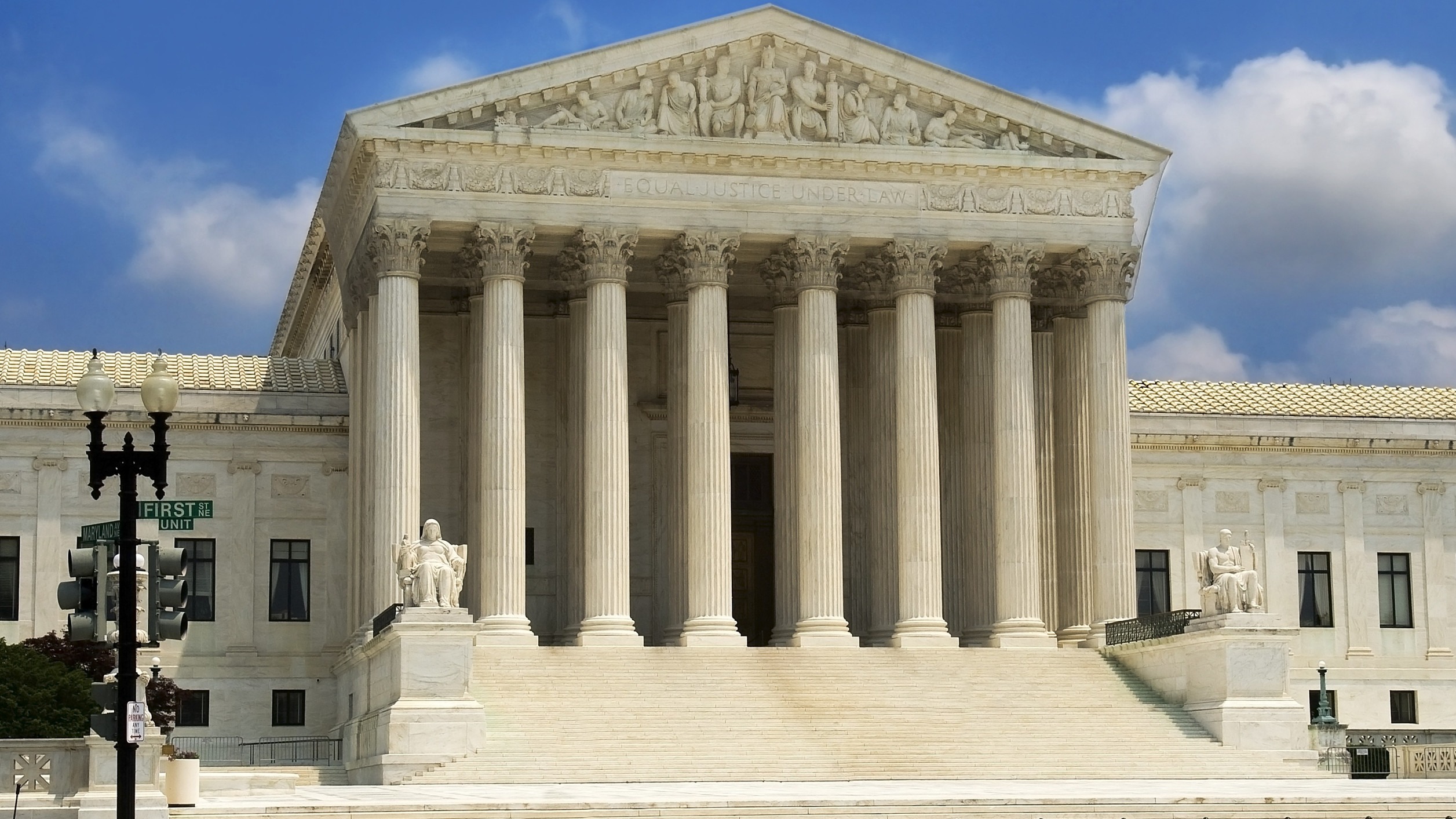
Understanding the Landscape: Abortion Restrictions Post-Roe
The legal landscape surrounding abortion rights has significantly transformed since the Supreme Court's decision to overturn Roe v. Wade in June 2022. Following this historic ruling, individual states have gained the latitude to set abortion policies, leading to an ongoing conflict between legal frameworks and voters’ rights. As of July 2025, a growing number of states—ten, to be precise—have sought to amend their constitutions to ensure abortion rights. However, the passage of these amendments does not equate to the automatic invalidation of existing state restrictions.
The amendments may guarantee certain rights, yet the process of abolishing established restrictions—such as waiting periods, coverage bans, and ultrasound prerequisites—requires arduous litigation. This often leaves expectant individuals in precarious situations while they navigate a complex court system. The implications for health and wellness are profound, particularly for those seeking timely reproductive care within states that have enacted legal barriers.
Voter Engagement in State-Level Constitutional Amendments
Notably, public engagement is a key factor in the amendments process. States like Arizona, Michigan, Missouri, and Ohio have seen their residents actively pushing for constitutional protections regarding abortion rights. These grassroots movements underscore a collective recognition of the importance of health and wellness in reproductive rights, reflecting broader societal shifts towards prioritizing individual autonomy in healthcare decisions.
As public awareness grows, the ability of voters to influence state policy through constitutional amendments represents an evolving facet of democracy in the healthcare realm. The involvement of citizens is vital, as it empowers communities to advocate for their rights and shape legislation reflective of their values and needs, particularly in the context of health and gender equity.
Legal Proceedings: Limitations and Opportunities
Currently, the status of litigation against abortion restrictions in states with recently passed constitutional amendments offers a complex picture. In states such as Arizona and Michigan, advocates have launched legal challenges asserting that new restrictions violate the rights enshrined within the amendments. Such litigation serves not only as a protective measure but as a critical examination of the constitutional language and its enforcement.
Nevertheless, the litigation process can be lengthy and fraught with complications. For example, if a state court blocks a specific restriction, conservative legislatures may respond by enacting similar laws almost immediately, leading to a cycle of litigation that consumes resources and complicates access to care. This phenomenon poses significant challenges not only for advocates but for individuals relying on timely access to reproductive healthcare, underscoring the necessity for ongoing advocacy and awareness.
Risk Factors and Challenges to Abortion Access
Access to abortion remains deeply influenced by economic and geographic factors. Communities in rural areas may face heightened difficulties accessing services due to logistical issues, such as distance from health facilities, exacerbated by state restrictions that prevent local clinics from providing comprehensive reproductive care. The economic implications for individuals seeking abortion services can also be considerable, particularly for those without adequate insurance coverage or financial resources.
The challenges highlight the intersection of health, economic stability, and women’s rights. Advocates argue that by addressing these issues, there can be a more equitable approach to healthcare access—which encompasses not just abortion rights but a comprehensive view of wellness. This includes education about reproductive health, access to family planning services, and overall community health initiatives aimed at better supporting women’s healthcare journeys.
Future Trends: Expanding Community Engagement and Health Literacy
As we look to the future of reproductive rights in America, the importance of health literacy and community engagement in dialogues surrounding abortion access cannot be overstated. Increased awareness and understanding of rights, coupled with a robust dialogue amongst community members, can positively influence health outcomes and legislative initiatives. Educational campaigns that foster greater understanding of reproductive health can empower individuals to actively participate in the policy-making process.
Ultimately, the trajectory of abortion rights and restrictions within states hinges not only on constitutional amendments and legal battles but also on the voices of the community. As individuals become more informed and engaged, there lies an opportunity for impactful change that can mitigate the barriers currently faced by many seeking reproductive healthcare.
Get Involved: Advocate for Reproductive Health Rights
Staying informed about legislative changes and getting involved in advocacy efforts can help address the ongoing challenges surrounding abortion access. Those interested in supporting reproductive rights can engage with local organizations, participate in community discussions, and educate themselves and others on these critical issues. Understanding your rights and empowering others to do the same is crucial for advancing health and wellness in society as a whole.
 Add Row
Add Row  Add
Add 




Write A Comment